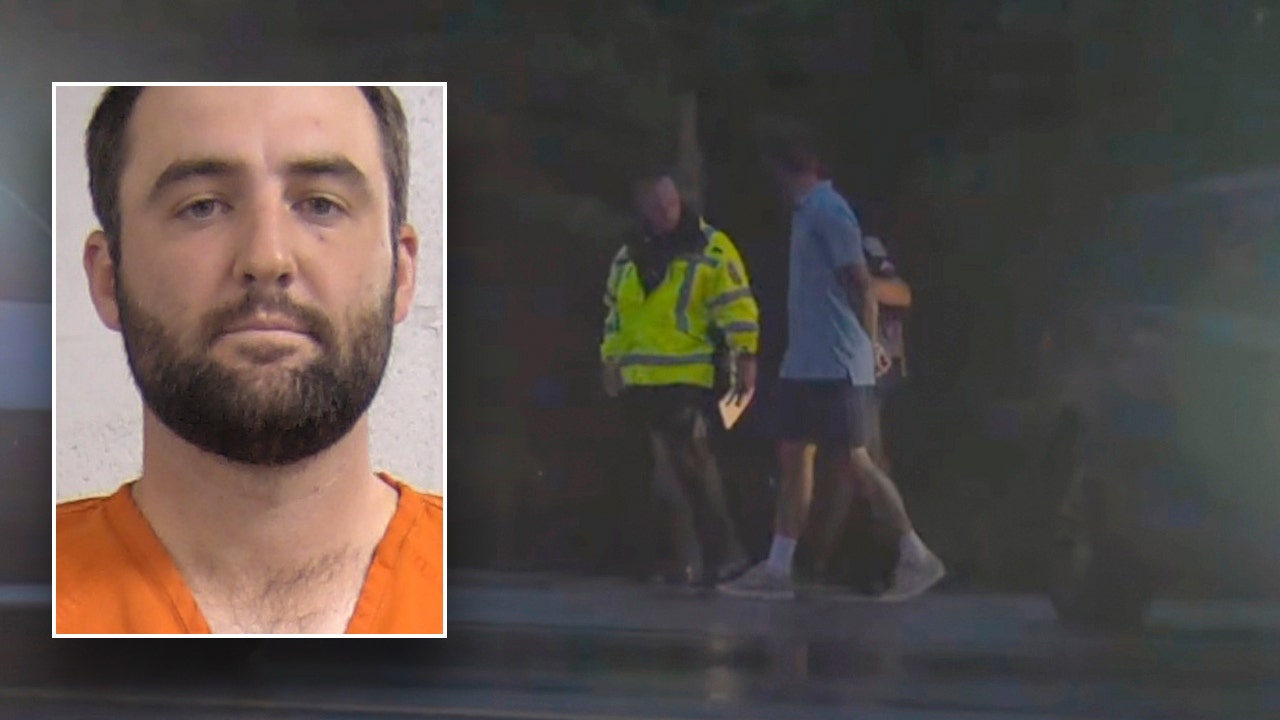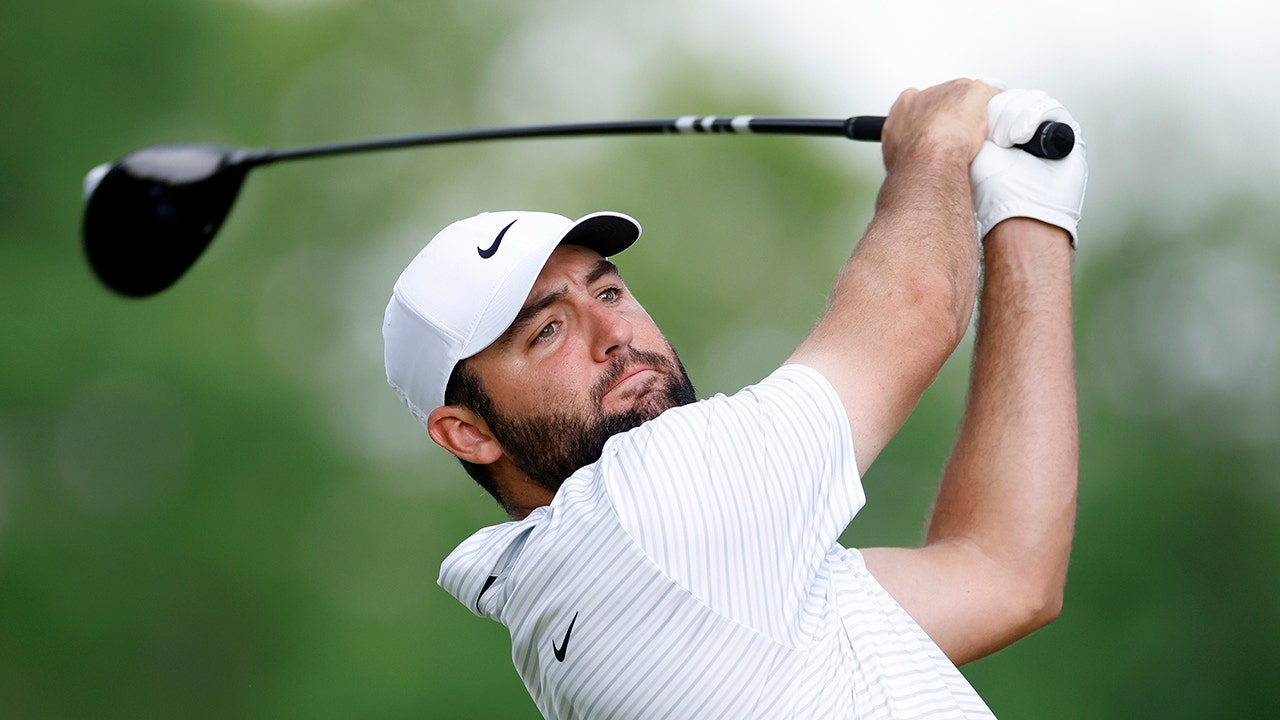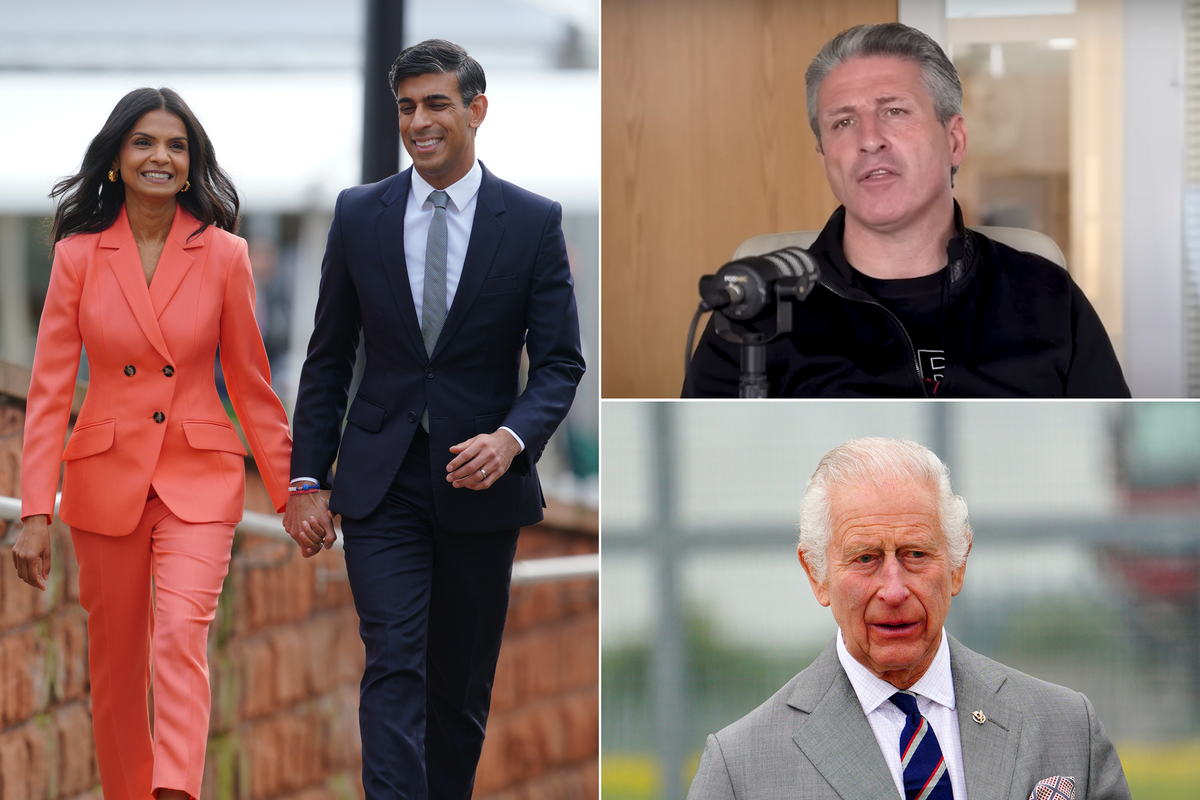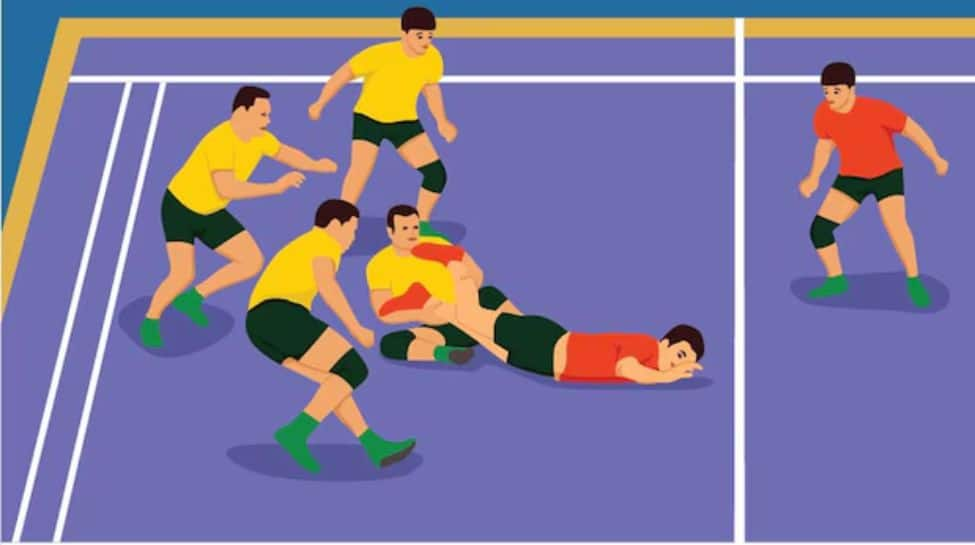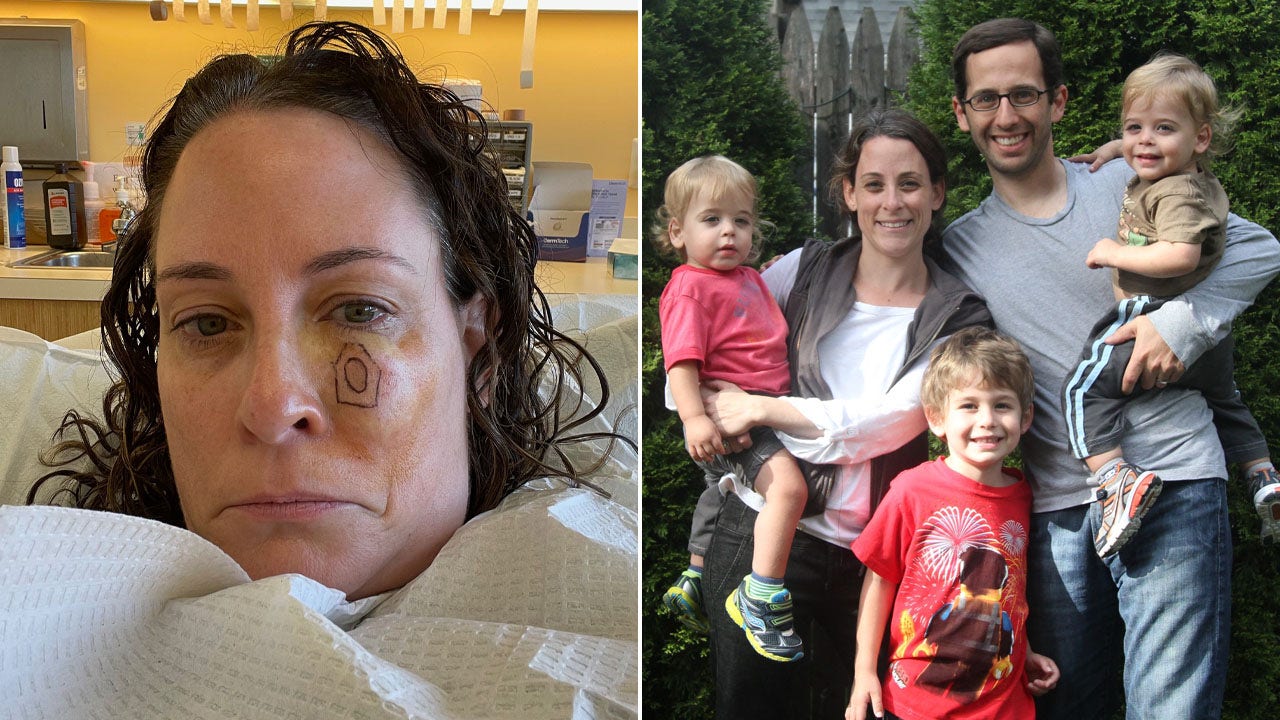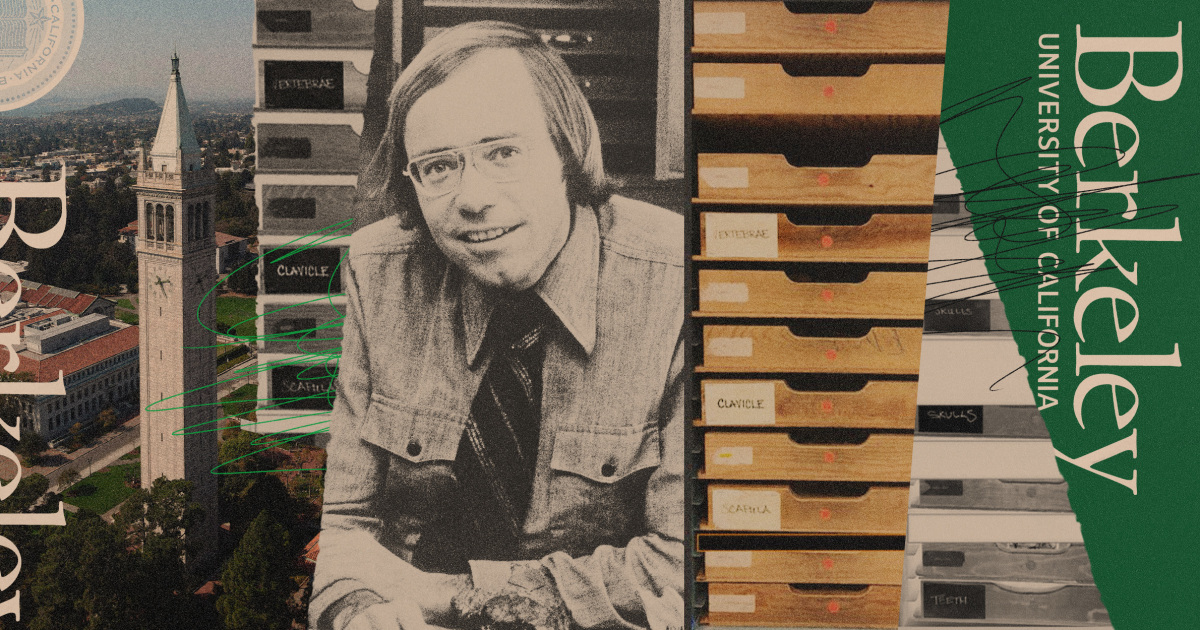White filed a whistleblower complaint with the university in 1997 accusing the museum, under Joyce’s leadership, of seeking an unnecessary extension to NAGPRA’s reporting deadline. (Campus investigators found no improper activity, according to White.)
Joyce said she was simply trying to account for all the remains that would need to be reported under NAGPRA. “It’s really kind of insane to have to say, I did the thing that the law said I should do,” she told ProPublica and NBC News. Joyce said the complaints were found to be “meritless.”
White then filed an internal grievance against Joyce with the school’s Academic Senate, alleging that by asking him to relinquish the human remains she had infringed on his “academic privileges.”
The university brokered a deal: White could keep ancestral remains provided museum staff and tribes could access them to conduct inventory and report them under NAGPRA.
Joyce said the arrangement was untenable and she felt unsupported by the university’s leadership. White continued to teach with the remains.
A decade after NAGPRA
Myra Masiel-Zamora, now an archaeologist for the Pechanga Band of Indians, enrolled in White’s osteology class more than 20 years ago when she was 18 and a first-year student. But, she said, she withdrew from the course after a teaching assistant told her the human remains belonged to Native Americans.
“That was the first time I really truly learned that an institution could and can — and is — using real Native American ancestors as teaching tools,” she said. “I was really upset.”
Concern over institutions’ handling of Indigenous remains extended beyond the classroom.
Troubled by the slow pace of repatriations under NAGPRA, California lawmakers passed their own version of the law in 2001, aiming to close loopholes in the federal statute and allow tribes to claim remains regardless of whether they have federal recognition. But the state failed to fund an oversight committee established by the bill.
In 2007, without consulting tribes or offering public explanation, UC Berkeley abruptly fired museum employees who were responsible for NAGPRA compliance, and named White and others to a newly formed campus repatriation committee, according to tribal leaders.
That upset tribal members, who brought their concerns about the new committee to state senators. The firings “eliminated the only staff at the university that would stand up to Mr. Tim White and his offensive remarks regarding Native American tribes and our ancestral remains,” Reno Franklin, then a council member and now the chairman of the Kashia Band of Pomo Indians, said during a 2008 state legislative hearing.
In emails sent to ProPublica and NBC News, White sought to discredit the testimony by Franklin and others at the hearing by saying that it had been the result of a decadeslong effort by the university to use him as a scapegoat for its failures. White said he only held an advisory role and did not make final repatriation decisions.
Meanwhile, White’s career was skyrocketing after he led a team that discovered and excavated a 4.4-million-year-old hominid unearthed in Ethiopia. It was deemed the scientific breakthrough of the year in 2009 by the American Association for the Advancement of Science and cemented his reputation in the field. It also landed him, along with the likes of Barack Obama and Steve Jobs, on Time magazine’s 2010 list of the world’s 100 most influential people.
Two years later, White and two other professors sued to block the repatriation of two 9,000-year-old skeletons to the Kumeyaay, 12 tribes whose homelands straddle the U.S.-Mexico border near San Diego. White and the other professors wanted to study the remains, which had been unearthed in 1976 from the grounds of the chancellor’s house on the University of California, San Diego, campus.
They argued that there wasn’t enough evidence to support the Kumeyaay’s ancestral connection to the remains, and that the UC system had failed to prove that the remains could legally be considered “Native American.” Based on the professors’ interpretation of the law, human remains had to have a cultural or biological link to a present-day tribe to be considered Native American.
They said that not allowing them to study the remains violated their rights as researchers. An appeals court ruled against the professors, citing the Kumeyaay’s sovereign immunity, meaning they couldn’t be sued.
As tribes’ frustration with the lack of progress on repatriations grew, UC Berkeley convened a “tribal forum” in 2017. In the private gathering, tribal leaders and others expressed anger that university staff, including White, had resisted their requests to repatriate and that the university was requiring an excessive amount of proof to reclaim ancestors, according to an internal university report.
The following year, UC Berkeley Chancellor Carol Christ disbanded the campus’ NAGPRA committee that White had served on, records show. The university established a new one that did not include him.
Meanwhile, Berkeley prepared for its biggest repatriation to date: the return of more than 1,400 ancestors to the Santa Ynez Band of Chumash Indians, a small tribe whose ancestors’ remains were excavated from burial grounds along California’s coast and Channel Islands. According to the school’s NAGPRA inventory records, many of the remains had been taken by an archaeologist in 1901 whose expeditions were funded by Phoebe Apperson Hearst, wife of mining magnate George Hearst and namesake of UC Berkeley’s anthropology museum.
UC Berkeley held on to the Chumash remains and loaned some to White for research projects, before returning them to the tribe in the summer of 2018.
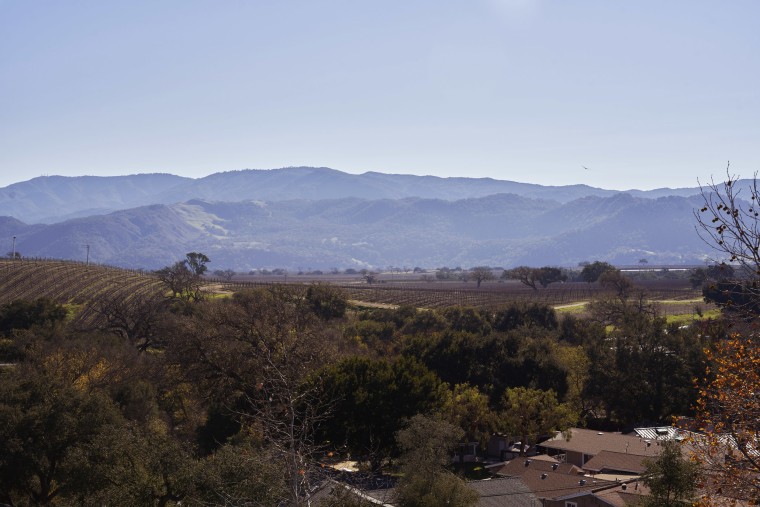
When the repatriation day finally came, Nakia Zavalla and other tribal members drove 300 miles to campus and entered a backroom of the anthropology building where UC Berkeley stored their ancestors.
“Going into that facility for the first time was horrifying. Literally shelves of human remains,” said Zavalla, the tribe’s cultural director. “And you pull them out, and there’s ancestors mixed all together, sometimes just all femur bones, a tray full of skulls.”
Zavalla said tribal members had to bring their own cardboard boxes to carry their ancestors home for burial — a complaint other tribal nations have made in dealing with the university. UC Berkeley officials said they were unaware of Zavalla’s “disturbing account” but have changed their policies to ensure they provide assistance “as requested by Tribes.”
Zavalla said the visit highlighted how the university had deprived the tribe of more than ancestral remains, she said. The university housed recordings and items that ethnographers and anthropologists had previously collected from Chumash elders.
For Zavalla, the information could have benefited her and other tribal members’ efforts to revitalize the Santa Ynez Chumash’s language and traditions — which government policies once sought to eradicate. But the information was not freely shared, she said: “They stole those items.”













